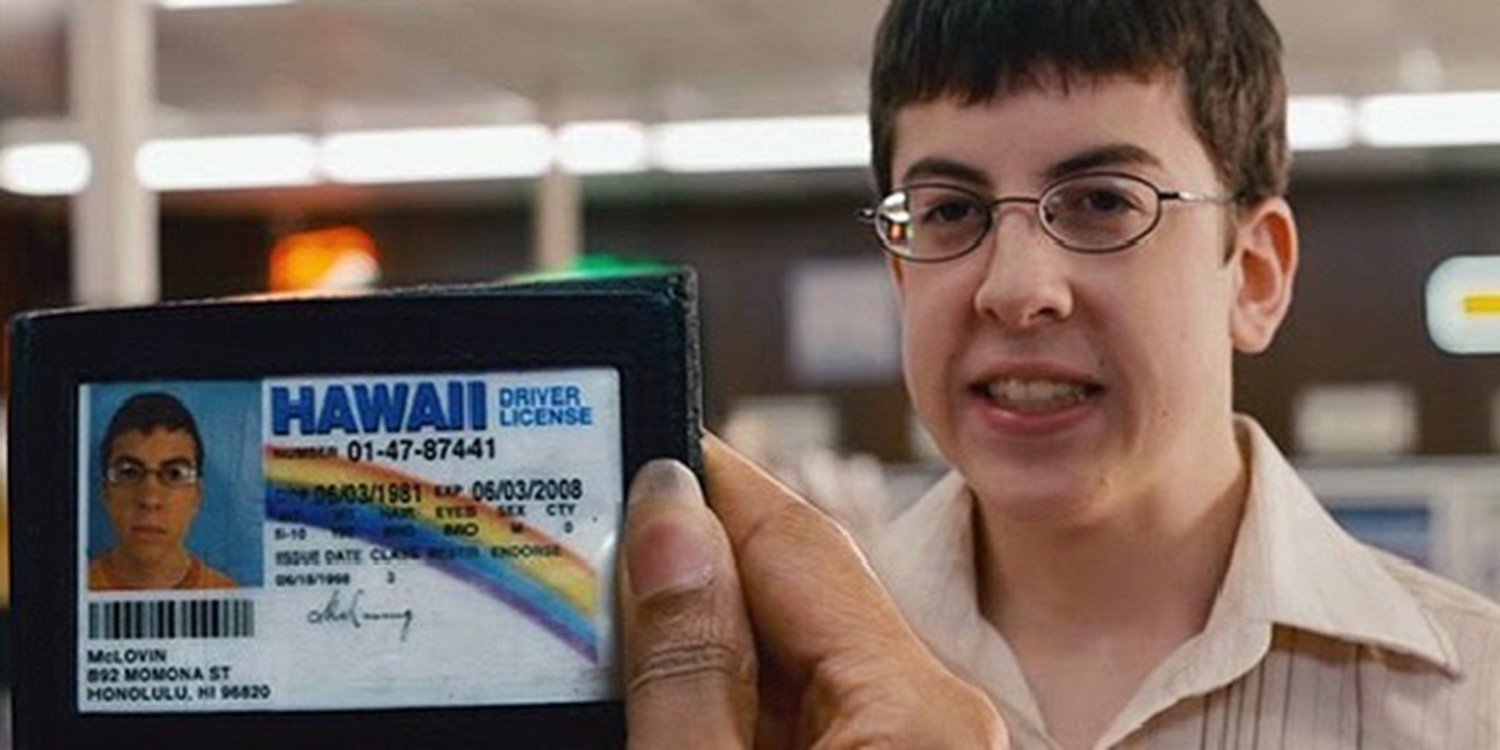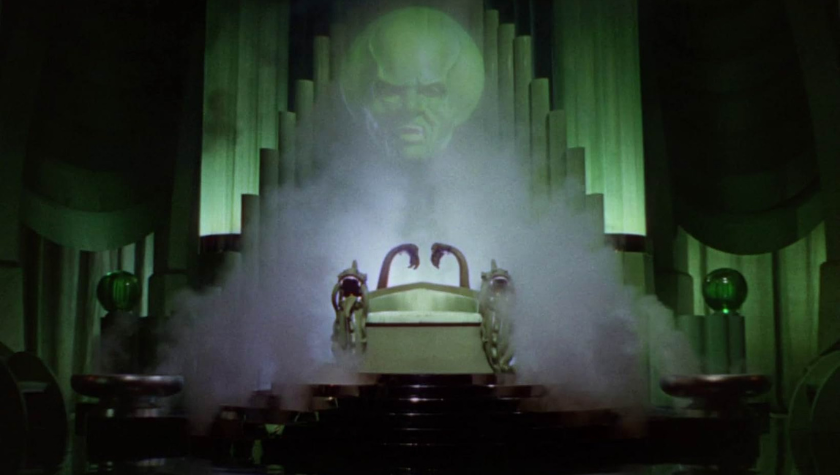The Midpoint: It Doesn't Have to Be Where Your Screenwriting Dream Goes to Die
February 4, 2023
As a former screenwriting student and now as a current screenwriting instructor, one of the most common problems I've seen writers struggle with is the middle of their script. I stopped keeping track years ago of how many times I encountered a screenwriter who wrote the first 50 or 60 pages of a promising script, then ran into a narrative brick wall they couldn't get over. There are a lot of half-written screenplays out there.
It was so common that when I was in graduate school, I privately began to think of the middle of a script as "the place where dreams go to die."
But it doesn't have to be this way. If the middle of your script is an insurmountable obstacle, it's probably because you don't have a strong enough Midpoint.
Plot points are a commonly known screenwriting feature and some of them, like the inciting incident, are fairly well understood. Others, not so much.
In particular, the Midpoint seems to cause more than its fair share of headaches, so let's talk about exactly what it is.
You may have heard that the Midpoint should be a "Point of No Return." This means that, due to the action that occurs at the center of the script, the protagonist is rendered unable to return to their old life or give up their quest. Something happens that means, essentially, that there's no going back from here, and the main character is — by necessity more often than by choice — more committed to their goal from this point onward.
At the Midpoint of the first Star Wars (now Star Wars Episode IV: A New Hope), Luke and his companions are captured by the Death Star. No going back from that one.
At the Midpoint of The Godfather, Michael kills Sollozzo and McCluskey, becoming a gangster, and a wanted man, and the exact thing he said he'd never be: "A man like my father." He'll never get rid of the stain of having committed murder — and he can't go back to being an innocent civilian anymore.
Guess what happens at the Midpoint of Titanic? The ship hits the iceberg. Talk about a great Point of No Return. They're literally trapped in the middle of the Atlantic Ocean now.
Great examples of Points of No Return, a perfectly valid story beat to use as a Midpoint, and I know screenwriters that always use it to great effect. I only have one issue with it, and it's this: the Midpoint doesn't *have* to be a Point of No Return. There are plenty of films that have important Midpoints but they're not Points of No Return.
In the classic comedy Tootsie, Michael Dorsey (disguised as Dorothy Michaels) achieves the acting career success he always craved, but he can't pursue the woman he loves because he's pretending to be someone else. He's gotten what he wants, but not what he needs. At the resolution of the story, the narrative arrives at the Opposite of the Midpoint: he has exposed the truth about himself, losing what he wants, but he's gotten what he needs, which is love. Setting up a Midpoint that is then revealed to have been the Opposite of the Resolution is another valid approach. It's not really a Point of No Return. He could quit. He could reveal the truth (which he eventually does).
At the Midpoint of The Wizard of Oz, Dorothy and her new traveling companions also seemingly get what they want, reaching their destination: the Emerald City. It's not a Point of No Return — they could turn around and go back even after the next sequence when they finally see the wizard (after getting an elaborate musical makeover) and he gives them a scary side-quest (the witch's broom). They could easily still bail at that point, and quite possibly should. So, this isn't a Point of No Return; this Midpoint is more of a False Victory. Dorothy reaches her destination and, she thinks, her want or goal — but not so fast, it won't be that easy.
And there are more types of beats / plot points that are used in the middle but aren't Points of No Return: A False Defeat (the flip side of a False Victory). A Reversal of Fortune. A Noble Sacrifice. A Shocking Revelation. A Baptism by Fire. You can find dozens (at least) of examples of Midpoints that aren't Points of No Return.
Now that I have dismantled the "always make it a Point of No Return" argument, it's time to reveal what Midpoints really should be.
Whatever type of Midpoint you write, there's one thing that all strong Midpoints tend to have in common, no matter what specific type of plot point they are:
They're Quasi-Endings.
They could have been the end of the story. They're not…but it would have made narrative sense if they were.
All of the examples above could have been the ending:
The Millennium Falcon captured by the Death Star? Oh well, they tried. Roll credits.
Michael Dorsey gets everything he ever wanted by pretending to be a her? Unexpected but kind of satisfying, story-wise. The End.
The Titanic just hit an iceberg? This is a true story — we all know pretty much what happens after that. And…Finis.
Michael Corleone's arc from "I don't want anything to do with this illegal stuff" to "I'm doing the worst illegal stuff you can possibly do?" Tragic conclusion but a fitting one.
Dorothy has now reached the Emerald City! She's been promised a quick, magical return to Kansas for the asking, so it looks like smooth sailing from here on, right? Cut to her joyous return. What an experience/dream!
Of course, in none of these or any other films is the story truly over yet. But we get a strong sense that the first half is, that a major narrative movement has concluded. Thus, a "quasi-ending."
As you create your script, whether you outline or just write the next scene that presents itself in stream-of-consciousness style, keep in mind that your middle will be much stronger — and a far easier point from which to launch the second half of your story — if it feels like we *could have* faded out right after it.
Written by: Karl Williams
Karl Williams is a screenwriting instructor at Scottsdale Community College in Arizona. He has won the Comedy and Sci-Fi Awards at the Austin Film Festival and the Jack Nicholson Prize for Excellence in Screenwriting at UCLA, where he earned his MFA.- Topics:
- Screenwriting & Craft
- Writing & Tools




